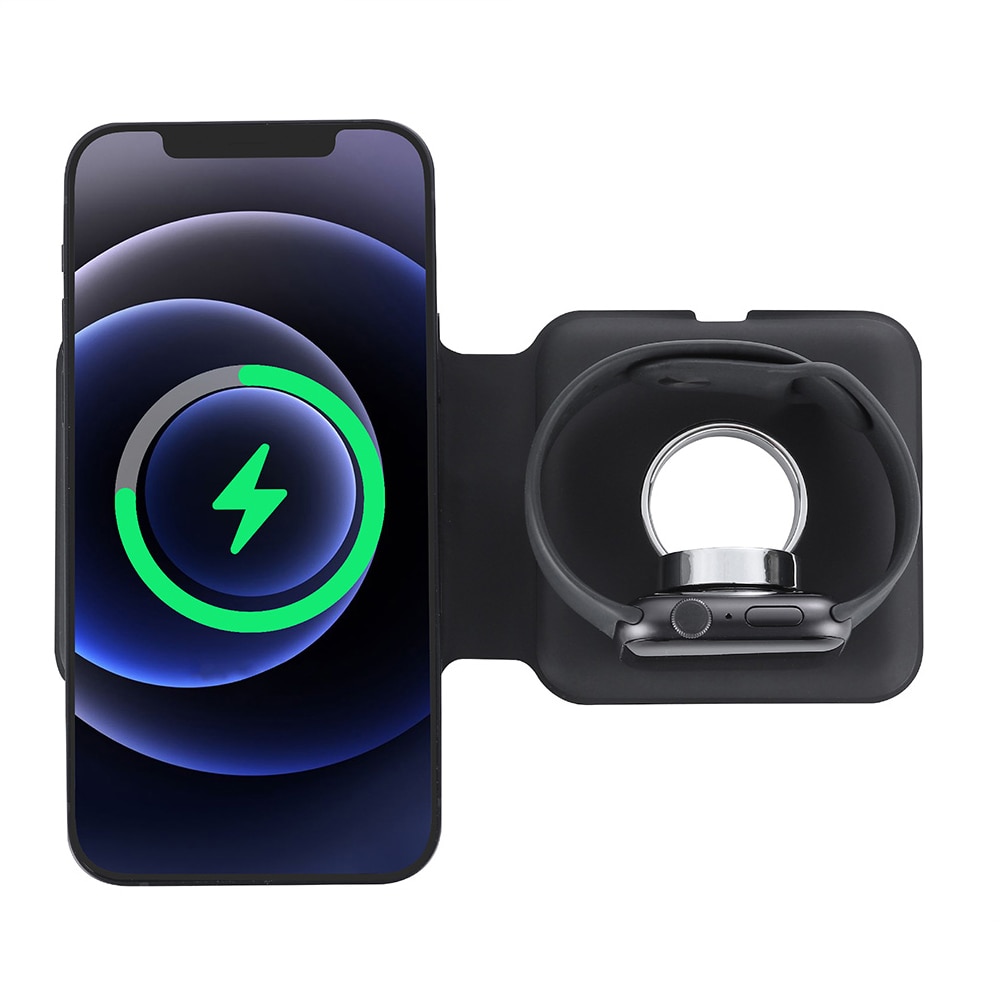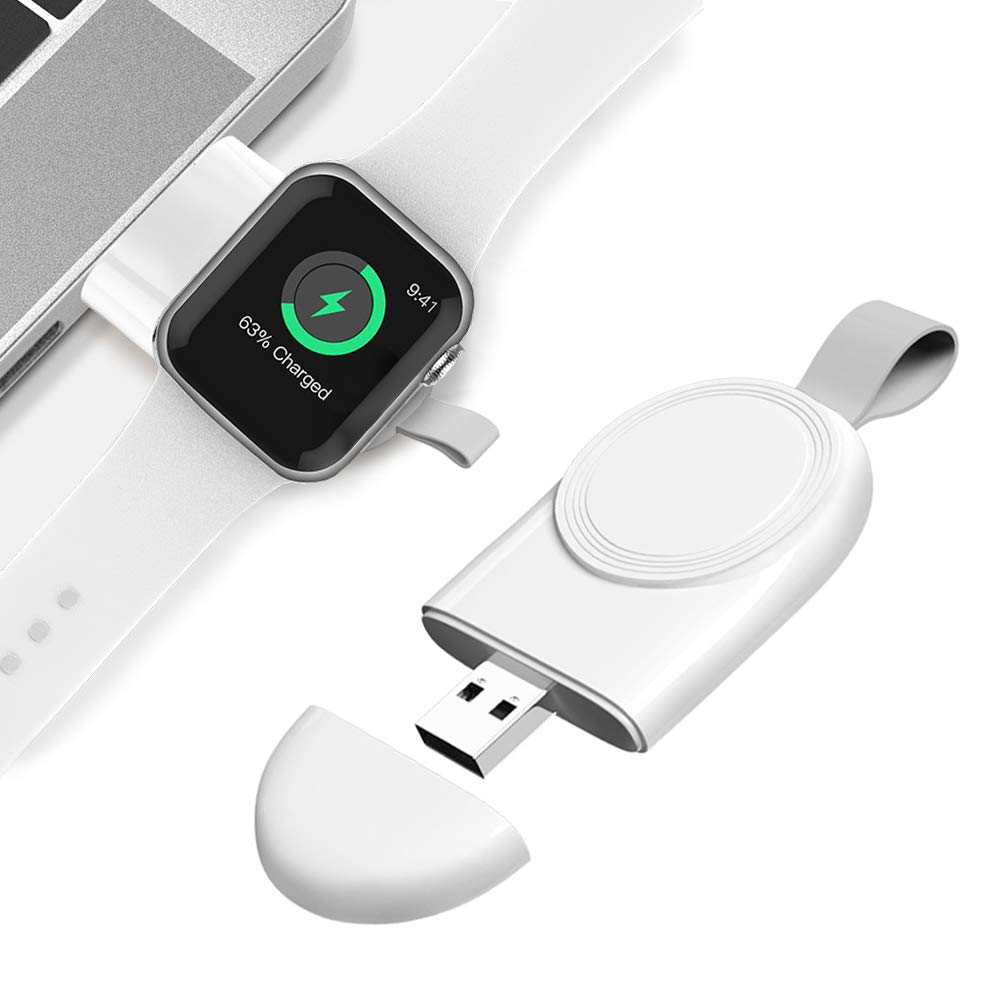Apple took a unique and courageous move by taking out the charger and earphones from the boxes of its new iPhone 12 series and iPhone XR, iPhone 11 and iPhone SE. Most other OEMs provide fast chargers as standard products in the box. Will the legacy packaging of smartphones change?



Apple said the decision was made to achieve its environmental goals. The company hopes to be carbon neutral by 2030. Removing the charger and earphones is to reduce the size of packaging, it is enable 70% more boxes to be packed on pallets. These changes will reduce nearly 450,000 cars were cleared from the road each year. With this effort, it was estimated to reduce carbon emissions by more than 2 million tons per year. From a logistics and environmental point of view, it may make sense for Apple users who plan to upgrade and already have old iPhone accessories that are compatible with the current model. Nevertheless, there are other aspects to consider here.
Apple has added 5G, mmWave and OLED screens to the iPhone 12 series. There are also improved cameras. This is an increased cost, which usually translates into price increases to maintain profits. However, any significant increase in the price of the latest iPhone will have a negative impact on demand. By removing the charger and earphones, Apple was able to reasonably price the device. Compared with last year’s iPhone 11, the price of the iPhone 12 has increased by only $100. It also released the iPhone 12 mini at the release price of the iPhone 11. Stacking more than 70% of boxes in a single pallet may also reduce logistics costs, thereby increasing profits.
In developed areas, it is more reasonable to remove accessories. In places where Apple’s usage rate is high, these accessories become redundant over time. However, this may not be the case in emerging economies. Due to complex distribution and increased taxes, Apple devices have been priced higher in many countries outside the United States. Removing the accessory will bring additional costs to the user, especially when the user switches from Android.
Another factor to consider here is the upgrade method. Developed economies have mature refurbishment ecosystems. Users usually upgrade their equipment by swapping in older equipment. These trade-ins usually do not provide additional value for chargers or headsets, and users will eventually retain them. However, in emerging economies, “sell as is” is much higher than trade-in. The user usually sells the consumer’s product to the consumer. In the case of “sold as is”, in some cases, the buyer will expect the accessory to be used with the device, especially if the buyer is from Android. In this case, either party must bear the cost of accessories.
For smart phone users, the charger is a more important requirement. Removing the charger means that these advanced devices are now unavailable out of the box. Apple provides USB C to lightning cables for the 12 series. Only the iPhone 11 Pro and Pro Max included with the charger are supported. For all other devices, the user’s charging brick will not support cables. Removing the charger may also be a potential move for Apple to develop its own wireless charging ecosystem.
Another important question here is whether other OEMs will follow Apple to remove the charger. We’ve seen this before Apple removed the headphone jack and others answered the headset. However, removing the headset and the charger are tricky decision. Although removing the headphone jack is a modification of the existing product functions and retains the functions and headphones, this is not the case when removing the charger and headphones. This directly takes the accessory away from the consumer, which has become the industry standard.
Major growth markets such as India and MEA are dominated by Android. The user base of feature phones that will eventually be upgraded to smart phones is also very large. The elimination of chargers in the entire product portfolio will increase additional costs, which will particularly affect the entry-level and mid-level markets. These markets are also very price sensitive. If the OEM decides to remove the accessories, it will only make sense to reduce the cost of the equipment (especially in the lower price range). If price-sensitive users are deleted, they may also start buying third-party chargers.
Then there is product differentiation. Although the specifications have been standardized throughout the industry, we have seen Android OEMs launch large-scale marketing campaigns to promote various competitive fast charging standards to make their products stand out. Different models from different OEMs are equipped with chargers with different charging speeds. Therefore, it will become more difficult for the Android ecosystem to remove the charger. An OEM’s charger may not be optimized to work well on other OEM’s devices. On the other hand, everything in the Apple ecosystem has been optimized.
Overall, even if you want to reduce costs, it will be a more challenging task for Android OEMs to take these accessories out of the box.